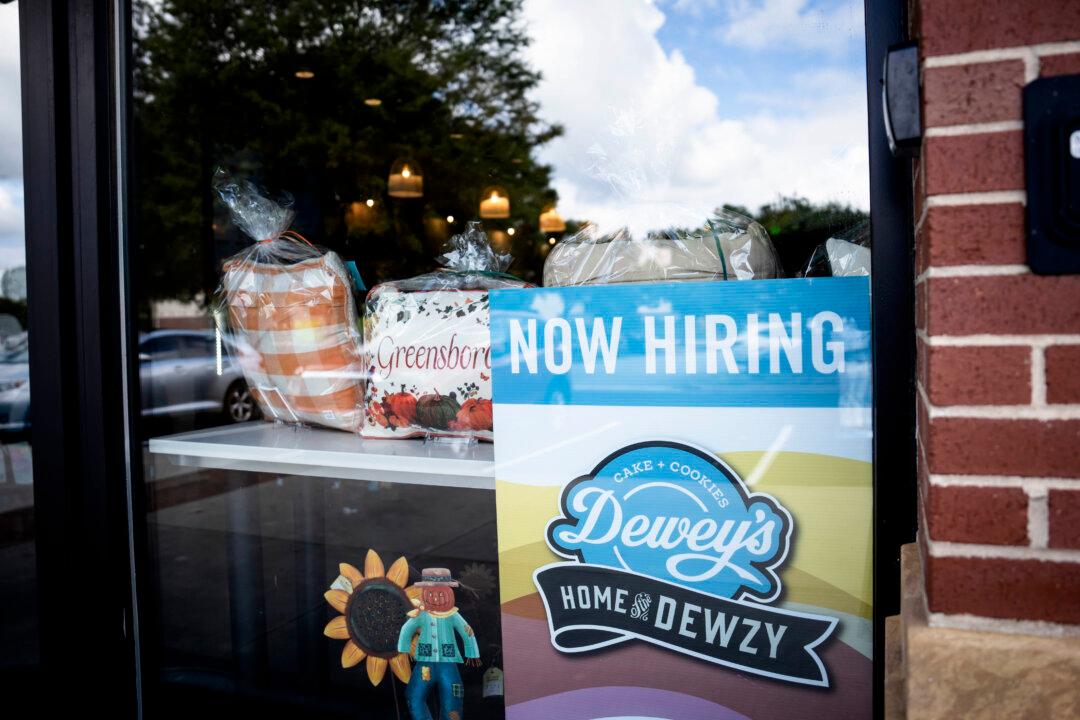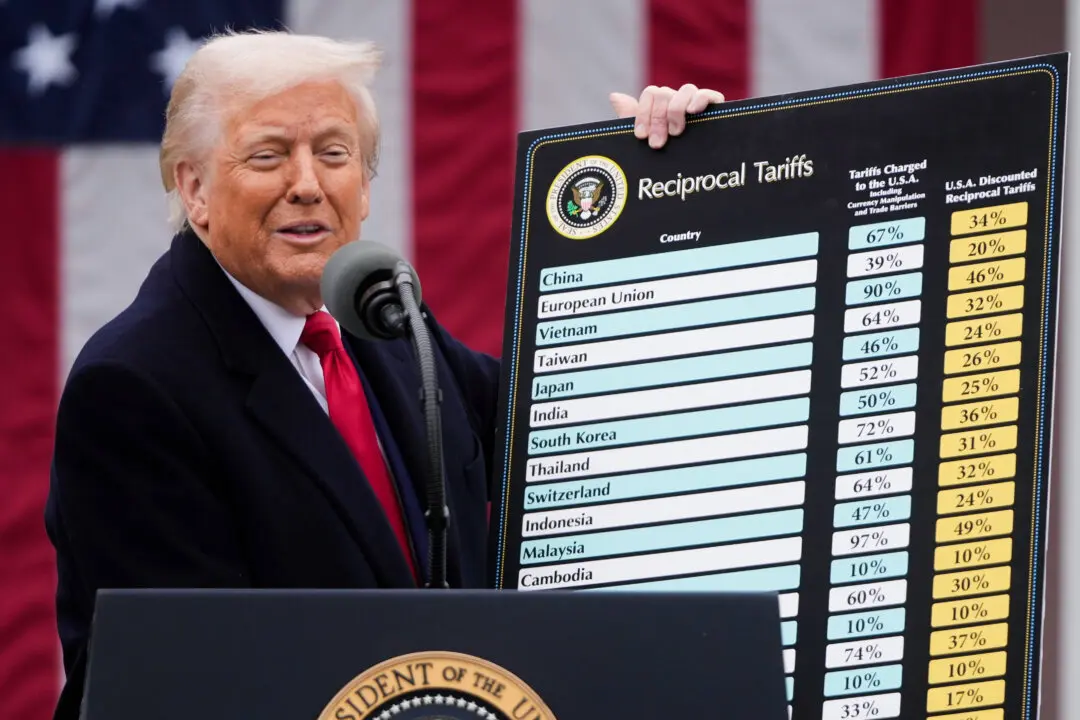Job openings unexpectedly increased in August while new hires and layoffs were little changed, according to new data from the Bureau of Labor Statistics (BLS).
The Job Openings and Labor Turnover Summary (JOLTS) showed that the number of employment vacancies rose by 330,000, to 8.04 million, the highest level since May. The July reading was revised higher to 7.711 million from 7.673 million.





